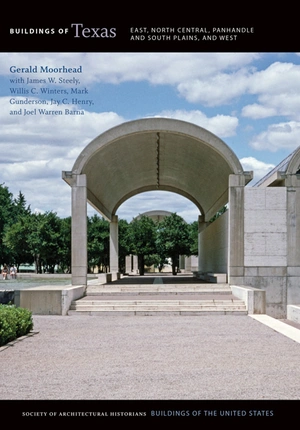
Replacing a Presbyterian church of 1872 on this site, this angular church has wood siding cut to simulate stone and rock-faced false quoins. Tall narrow windows have pointed lintels rather than typical Gothic arches, and the extended eaves on the steep gable ends have small, closely spaced brackets. The three-stage tower, inset into the inner corner of the L-plan, has two diamond-shaped windows on each side, and its flat cornice is punctuated by ball finials at each corner. All of these stone-like features defy classifying this robust design as “Carpenter” Gothic.

